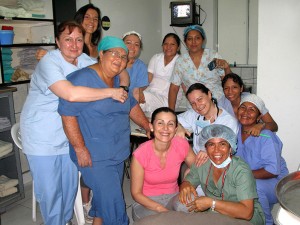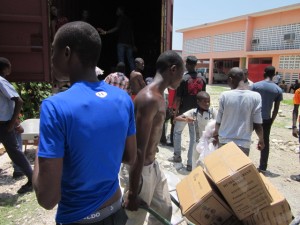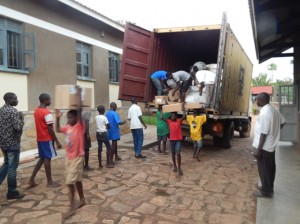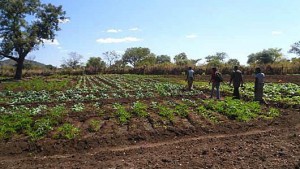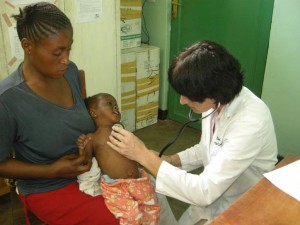(MissionNewswire) Peru faces high levels of income inequality and has more than a quarter of its population living in poverty, according to the World Bank. Poverty levels are significantly higher in rural areas but urban areas struggle most with inequality, most notably metropolitan Lima, the capital
(MissionNewswire) Close to 1,000 vulnerable youth and their families who attend Salesian-run centers in Haiti have access to better nutrition thanks to a recent donation of fortified rice-meals. The donation was made possible through an ongoing partnership between Salesian Missions and Stop Hunger Now, an international
(MissionNewswire) Spain has been hit hard by the current economic troubles in Europe and now has the greatest inequality of the 27 countries of the European Union. According to the World Bank, close to 25 percent of Spanish workers are unemployed and a growing number of
(MissionNewswire) Thanks to a recent donation and coordination efforts of Salesian Missions, four schools in Uganda now have new textbooks. The schools serve vulnerable children and focus on ending the cycle of poverty through education and opportunities. Through primary, secondary and technical schools, Salesian missionaries
(MissionNewswire) Close to 27 percent of Mongolia’s population lives in poverty, according the World Bank. Prior to 1990, the country received nearly 30 percent of its gross domestic product from the former Soviet Union and had a centrally planned economy with the government providing basic goods
(MissionNewswire) Liberia is one of the poorest countries in the world with 64 percent of its population of 3.5 million people living below the poverty line, according to the World Bank. The 2008 Human Development Index ranks Liberia in the bottom five of countries in the
MOZAMBIQUE: Agriculture Training Project Works to Improve Food Security and Income for Rural Farmers
(MissionNewswire) Mozambique is one of the poorest countries in the world. Despite impressive growth and development over the last several years that has reduced the once 70 percent poverty rate (in the late 1990s) to 54 percent today, poverty continues to be severe and widespread, according
(MissionNewswire) In Italy, Europe's third-largest economy, close to 2 million children live in poverty, according to UNICEF. With more than 25 percent of the country's children living in poverty, Italy has the highest percentage of child poverty out of all 25 European countries. The poverty rate has
(MissionNewswire) Spain has been hit hard by the current economic troubles in Europe and now has the greatest inequality of the 27 countries of the European Union and one in five citizens living below the poverty line. According to the World Bank, close to 25 percent
(MissionNewswire) The Democratic Republic of the Congo has been plagued by intense civil war and internal conflict since the outbreak of fighting in 1998. As a result, there have been close to 5.4 million deaths, according to the International Rescue Committee. Most deaths resulted from non-violent


